tert-Amyl Alcohol

tert-Amyl Alcohol structure
|
Common Name | tert-Amyl Alcohol | ||
|---|---|---|---|---|
| CAS Number | 75-85-4 | Molecular Weight | 88.148 | |
| Density | 0.8±0.1 g/cm3 | Boiling Point | 102.0±0.0 °C at 760 mmHg | |
| Molecular Formula | C5H12O | Melting Point | -12 °C | |
| MSDS | Chinese USA | Flash Point | 21.1±0.0 °C | |
| Symbol |



GHS02, GHS05, GHS07 |
Signal Word | Danger | |
| Name | 2-Methyl-2-butanol |
|---|---|
| Synonym | More Synonyms |
| Density | 0.8±0.1 g/cm3 |
|---|---|
| Boiling Point | 102.0±0.0 °C at 760 mmHg |
| Melting Point | -12 °C |
| Molecular Formula | C5H12O |
| Molecular Weight | 88.148 |
| Flash Point | 21.1±0.0 °C |
| Exact Mass | 88.088814 |
| PSA | 20.23000 |
| LogP | 1.04 |
| Vapour density | 3 (vs air) |
| Vapour Pressure | 19.2±0.3 mmHg at 25°C |
| Index of Refraction | 1.407 |
| InChIKey | MSXVEPNJUHWQHW-UHFFFAOYSA-N |
| SMILES | CCC(C)(C)O |
| Stability | Light sensitive. Highly flammable. Incompatible with strong oxidizing agents. |
| Water Solubility | 120 g/L (20 ºC) |
CHEMICAL IDENTIFICATION
HEALTH HAZARD DATAACUTE TOXICITY DATA
|
| Symbol |



GHS02, GHS05, GHS07 |
|---|---|
| Signal Word | Danger |
| Hazard Statements | H225-H312 + H332-H315-H318-H335 |
| Precautionary Statements | P210-P261-P280-P305 + P351 + P338 + P310-P370 + P378-P403 + P235 |
| Personal Protective Equipment | Eyeshields;Faceshields;full-face respirator (US);Gloves;multi-purpose combination respirator cartridge (US);type ABEK (EN14387) respirator filter |
| Hazard Codes | F:Flammable |
| Risk Phrases | R11;R20;R37/38 |
| Safety Phrases | S46 |
| RIDADR | UN 1105 3/PG 2 |
| WGK Germany | 1 |
| RTECS | SC0175000 |
| Packaging Group | II |
| Hazard Class | 3 |
| HS Code | 2905199090 |
| Precursor 10 | |
|---|---|
| DownStream 10 | |
| HS Code | 2905199090 |
|---|---|
| Summary | 2905199090. saturated monohydric alcohols. VAT:17.0%. Tax rebate rate:13.0%. . MFN tariff:5.5%. General tariff:30.0% |
|
Degradation of fuel oxygenates and their main intermediates by Aquincola tertiaricarbonis L108.
Microbiology 154(Pt 5) , 1414-21, (2008) Growth of Aquincola tertiaricarbonis L108 on the fuel oxygenates methyl tert-butyl ether (MTBE), ethyl tert-butyl ether (ETBE) and tert-amyl methyl ether (TAME), as well as on their main metabolites t... |
|
|
Convenient QSAR model for predicting the complexation of structurally diverse compounds with β-cyclodextrins
Bioorg. Med. Chem. 17 , 896-904, (2009) This paper reports a QSAR study for predicting the complexation of a large and heterogeneous variety of substances (233 organic compounds) with beta-cyclodextrins (beta-CDs). Several different theoret... |
|
|
Stability of a liposomal formulation containing lipoyl or dihydrolipoyl acylglycerides.
J. Liposome Res. 24(4) , 304-12, (2014) The acylglycerides of lipoic and dihydrolipoic acids may serve as slow-release sources for cutaneous delivery of these antioxidants when formulated in a liposomal vehicle.Testing was conducted to dete... |
| EINECS 200-908-9 |
| tert-Amyl alcohol |
| t-amyl |
| t-pentylalcohol |
| tertiary amyl alcohol |
| tert-Pentyl alcohol |
| Tertiary Pentyl Alchol |
| 1,1-dimethylpropanol |
| AMYLENE HYDRATE |
| Tert-amylalcohol |
| 1,1-dimethylpropan-1-ol |
| T-AMYL ALCOHOL |
| tert-Pentanol |
| 2-ethyl-2-propanol |
| 2-Methyl-2-butanol |
| 2-Butanol, 2-methyl- |
| 2-methyl-2-butano |
| 2-Methylbutan-2-ol |
| tert.Amylalkohol |
| Amylenhydrate |
| MFCD00004478 |
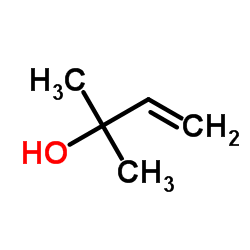 CAS#:115-18-4
CAS#:115-18-4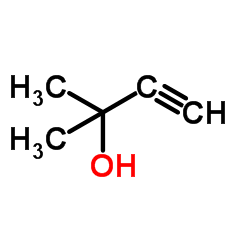 CAS#:115-19-5
CAS#:115-19-5 CAS#:78-78-4
CAS#:78-78-4 CAS#:54509-73-8
CAS#:54509-73-8 CAS#:67-63-0
CAS#:67-63-0 CAS#:54269-84-0
CAS#:54269-84-0 CAS#:563-45-1
CAS#:563-45-1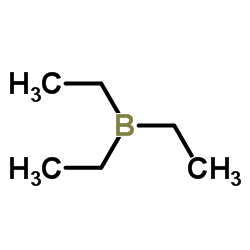 CAS#:97-94-9
CAS#:97-94-9 CAS#:67-64-1
CAS#:67-64-1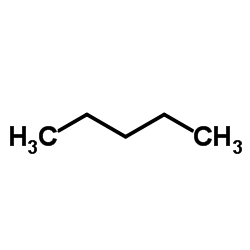 CAS#:109-66-0
CAS#:109-66-0 CAS#:10284-51-2
CAS#:10284-51-2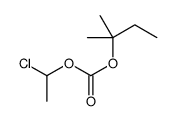 CAS#:104483-20-7
CAS#:104483-20-7 CAS#:536-75-4
CAS#:536-75-4 CAS#:527-54-8
CAS#:527-54-8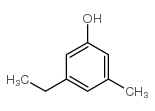 CAS#:698-71-5
CAS#:698-71-5 CAS#:697-82-5
CAS#:697-82-5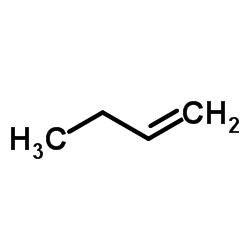 CAS#:106-98-9
CAS#:106-98-9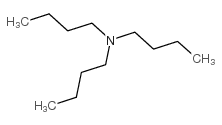 CAS#:102-82-9
CAS#:102-82-9 CAS#:34557-54-5
CAS#:34557-54-5 CAS#:3405-45-6
CAS#:3405-45-6
